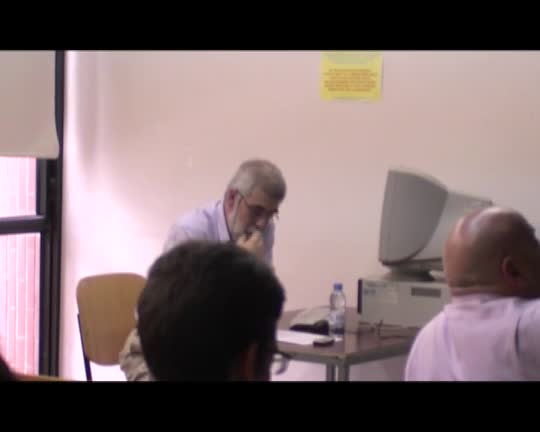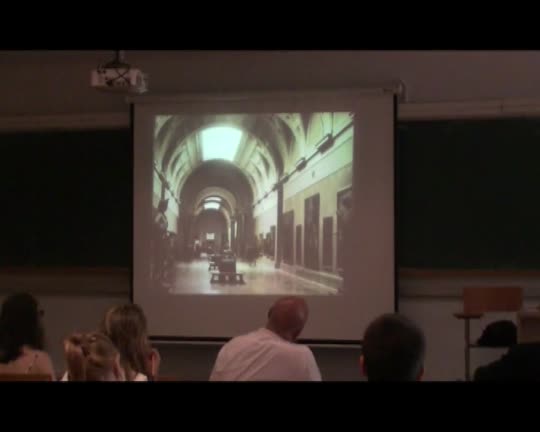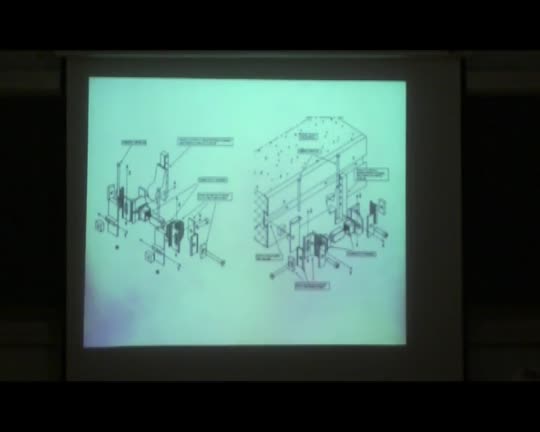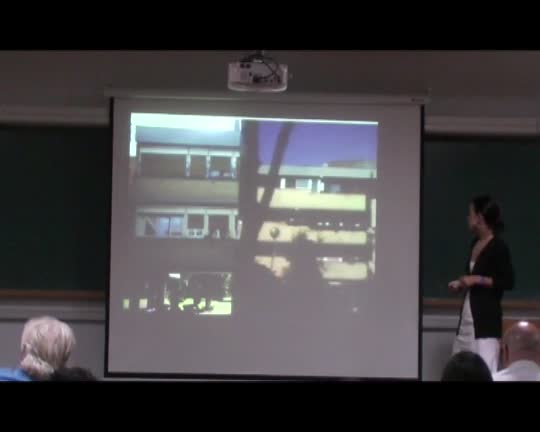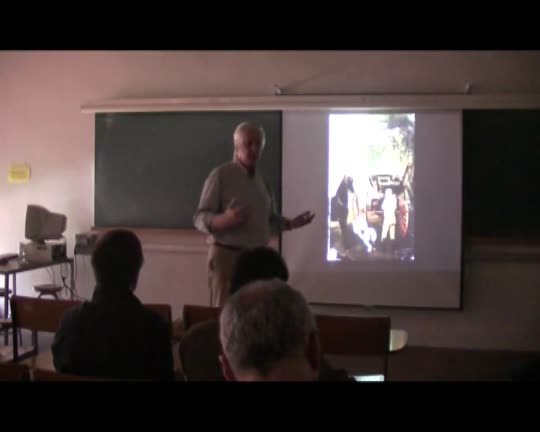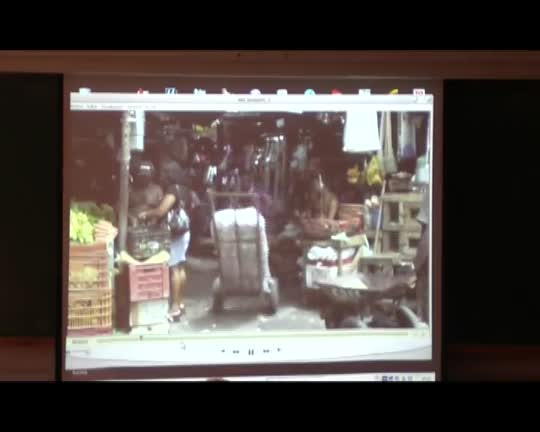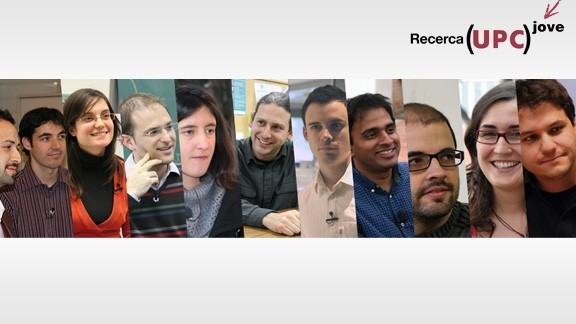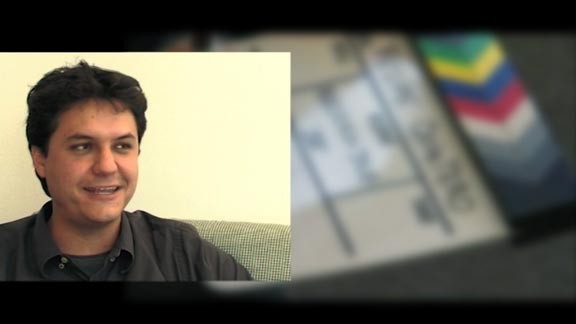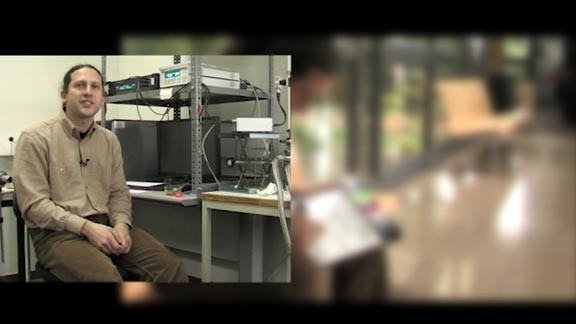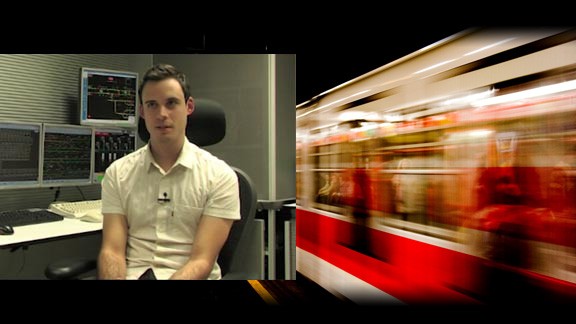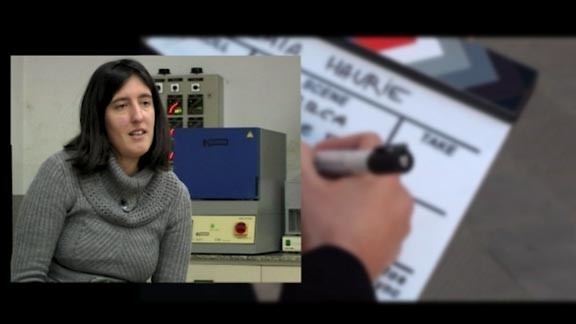Objectes multimèdia amb l’etiqueta: Difusió de la recerca general
Resultats de la cerca
Fissac en Mallorca: la popularización de Mies
Accés obert
8 de juny 2011
Primera conferència de Ricardo Sánchez, del Centro Politécnico Superior de la Universidad de Zaragoza
Miguel Fisac: la singularidad reclamada
Accés obert
8 de juny 2011
Conferència de Ricardo Sánchez, del Centro Politécnico Superior de la Unievrsidad de Zaragoza per les III Jornades Obertes Arquitectura i Ciutat.
03. El edificio del Museo del Prado: de Villanueva a Moneo
Accés obert
7 de juny 2011
Conferència de Pedro Monleón, professor de l'Escola Superior d'Arquitectura de la Universitat Politècnica de Madrid
Restauro delle facciate del grataciello Pirelli
Accés obert
7 de juny 2011
Conferència de Simona Salvo, de la Università di Camerino, Facoltà di Architettura, Ascoli Piceno.
Villaggio Olimpico di Roma, 1958-1960
Accés obert
7 de juny 2011
Segona conferència de Simona Salvo, de la Università di Camerino, Facoltà di Architettura, Ascoli Piceno
En busca de una teoría de la arquitectura
Accés obert
6 de juny 2011
Presentació del Máster a càrrec d'Antonio Pizza, professor del Departament de Composició i tot seguit del conferenciant, Hartmut Frank, professor de l'Aacdèmia de les Arts Plàstiques de la Universitat d'Hamburg.
Visiones urbanans: el uso de la imagen como documento en la historiografía de la arquitectura y el urbanismo
Accés obert
6 de juny 2011
Conferència de Xico Costa, de la Facultade de Arquitetura da Universidade Federal da Bahia, Salvador de Bahia.
Passió pel coneixement
Accés obert
5 d’abr. 2011
Passió, innovació, il·lusió, motivació, qualitat, creativitat, flexibilitat, perseverança, paciència, iniciativa, adaptabilitat, lideratge, dinamisme, autonomia, confiança, responsabilitat, emoció, fortalesa, senzillesa, coneixement.
Aquests són els valors que impregnen l’activitat de recerca dels joves investigadors i investigadores de la UPC: a la sèrie audiovisual UPC Recerca Jove ens expliquen, en primera persona, la seva implicació en la recerca, des d’un punt de vista professional, però també emocional.
Amb motiu de l’estrena de 10 vídeos més de la sèrie audiovisual UPC Recerca Jove, aquest clip recull el testimoni d’alguns d’aquests joves investigadors: per què han decidit dedicar-se a la recerca? Què els va enganxar? Qui els va animar? Què els aporta? Què poden oferir a les empreses?
Amb l’edició dels nous curtmetratges, el projecte UPC Recerca Jove ofereix més de 50 clips de divulgació científica protagonitzats per joves investigadors que presenten, amb passió, la seva feina. El projecte UPC Recerca Jove, amb una clara vocació divulgativa, té un doble objectiu: d’una banda donar a conèixer a la societat quina és la recerca estratègica que duen a terme els joves investigadors i investigadores de la Universitat i, de retruc, despertar noves vocacions científiques. La sèrie audiovisual pretén també fer un reconeixement públic als joves investigadors i als seus equips de recerca per una feina no sempre coneguda, ni reconeguda, per la societat.
Aquests són els valors que impregnen l’activitat de recerca dels joves investigadors i investigadores de la UPC: a la sèrie audiovisual UPC Recerca Jove ens expliquen, en primera persona, la seva implicació en la recerca, des d’un punt de vista professional, però també emocional.
Amb motiu de l’estrena de 10 vídeos més de la sèrie audiovisual UPC Recerca Jove, aquest clip recull el testimoni d’alguns d’aquests joves investigadors: per què han decidit dedicar-se a la recerca? Què els va enganxar? Qui els va animar? Què els aporta? Què poden oferir a les empreses?
Amb l’edició dels nous curtmetratges, el projecte UPC Recerca Jove ofereix més de 50 clips de divulgació científica protagonitzats per joves investigadors que presenten, amb passió, la seva feina. El projecte UPC Recerca Jove, amb una clara vocació divulgativa, té un doble objectiu: d’una banda donar a conèixer a la societat quina és la recerca estratègica que duen a terme els joves investigadors i investigadores de la Universitat i, de retruc, despertar noves vocacions científiques. La sèrie audiovisual pretén també fer un reconeixement públic als joves investigadors i als seus equips de recerca per una feina no sempre coneguda, ni reconeguda, per la societat.
Algoritmes contra els desastres naturals?
Accés obert
24 de gen. 2011
Felipe Quintero assegura que li agrada molt la pluja i els dies grisos i que quan plou a la nit, pensa: “demà tindrem molta feina analitzant les dades i realitzant simulacions”.
Aquest jove investigador realitza el seu doctorat al CRAHI, Centre de Recerca Aplicada en Hidrometeorologia, en el marc d’un projecte de recerca subvencionat pel VIIè Programa Marc de la UE, el projecte IMPRINTS, coordinat pel professor Daniel Sempere.
L’objectiu d’aquest projecte de recerca és millorar la gestió del risc i desenvolupar sistemes de previsió i d’alerta en situacions amb risc d'inundacions, que seran fonamentals per guanyar temps i incrementar la seguretat de la població. Es vol comprendre millor els fenòmens que donen lloc a inundacions i moviments de terra sobtats i preveure aquestes situacions per poder tenir més temps per actuar. En el projecte hi participen 19 entitats públiques i privades d’Espanya, Suïssa, el Regne Unit, França, Itàlia i Holanda, amb la col·laboració d’universitats de Sud-Àfrica i Canadà.
Aquest jove investigador realitza el seu doctorat al CRAHI, Centre de Recerca Aplicada en Hidrometeorologia, en el marc d’un projecte de recerca subvencionat pel VIIè Programa Marc de la UE, el projecte IMPRINTS, coordinat pel professor Daniel Sempere.
L’objectiu d’aquest projecte de recerca és millorar la gestió del risc i desenvolupar sistemes de previsió i d’alerta en situacions amb risc d'inundacions, que seran fonamentals per guanyar temps i incrementar la seguretat de la població. Es vol comprendre millor els fenòmens que donen lloc a inundacions i moviments de terra sobtats i preveure aquestes situacions per poder tenir més temps per actuar. En el projecte hi participen 19 entitats públiques i privades d’Espanya, Suïssa, el Regne Unit, França, Itàlia i Holanda, amb la col·laboració d’universitats de Sud-Àfrica i Canadà.
Líquids i sòlids alhora?
Accés obert
24 de gen. 2011
Per a Luis Carlos Pardo, un bon investigador ha de tenir “il·lusió, il·lusió i il·lusió. Com deia Newton, un científic s’ha de sentir com un nen que en una platja s’il·lusiona tot trobant una pedra o una petxina amb una forma estranya. Evidentment, també cal ser treballador i constant: però això no costa si hi ha il·lusió.”
En un líquid com l'aigua, les molècules semblen completament desordenades. Però si ens ho mirem de més a prop i ens fixem en l'entorn de cadascuna, les altres molècules omplen l'espai com si es tractés d'un joc de ‘tetris’ en tres dimensions. D'aquesta manera, l'ordre apareix en un sistema que en un principi semblava desordenat. Això és de vital importància per tal d'entendre com es produeixen alguns processos biològics en els que intervé l'aigua.
Aquesta és la línia de recerca d’aquest jove investigador que, per tal d’estudiar l’estructura dels líquids, realitza experiments amb els neutrons. Luis Carlos és un apassionat de la divulgació científica i reclama una major presència de notícies de ciència als mitjans de comunicació, ja que, argumenta, "la recerca també és cultura".
En un líquid com l'aigua, les molècules semblen completament desordenades. Però si ens ho mirem de més a prop i ens fixem en l'entorn de cadascuna, les altres molècules omplen l'espai com si es tractés d'un joc de ‘tetris’ en tres dimensions. D'aquesta manera, l'ordre apareix en un sistema que en un principi semblava desordenat. Això és de vital importància per tal d'entendre com es produeixen alguns processos biològics en els que intervé l'aigua.
Aquesta és la línia de recerca d’aquest jove investigador que, per tal d’estudiar l’estructura dels líquids, realitza experiments amb els neutrons. Luis Carlos és un apassionat de la divulgació científica i reclama una major presència de notícies de ciència als mitjans de comunicació, ja que, argumenta, "la recerca també és cultura".
Metros sense avaries?
Accés obert
24 de gen. 2011
Per al Marc Gispert, l’èxit d’aquesta aventura empresarial rau en l'equip: "en la relació d'amistat que hi ha entre tots i que fa que de vegades treballem moltes hores seguides sense parar, perquè l'objectiu és compartit".
El seu projecte final de carrera consistia en el disseny d’un hardware i un software d’intel·ligència artificial, capaç de preveure possibles alteracions mecàniques i elèctriques en els motors. Per tirar endavant el projecte, van iniciar una col·laboració amb l’empresa Transports Metropolitans de Barcelona (TMB), que ha estat clau per consolidar el projecte empresarial.
Van presentar la seva idea de negoci al 9è Concurs d’Idees de Negoci del Programa Innova de la UPC, i el projecte va guanyar el segon premi. Aquest va ser el punt de partida de Thinking Forward S.L., que ha creat un nou sistema de hardware i software que permet mesurar els possibles errors en els motors elèctrics. L’aplicació més clara es troba en el sector ferroviari, on augmentarà la seguretat d’aquests sistemes i en reduirà significativament el manteniment predictiu i correctiu, i millorarà la fiabilitat dels sistemes que utilitzin motors elèctrics.
El seu projecte final de carrera consistia en el disseny d’un hardware i un software d’intel·ligència artificial, capaç de preveure possibles alteracions mecàniques i elèctriques en els motors. Per tirar endavant el projecte, van iniciar una col·laboració amb l’empresa Transports Metropolitans de Barcelona (TMB), que ha estat clau per consolidar el projecte empresarial.
Van presentar la seva idea de negoci al 9è Concurs d’Idees de Negoci del Programa Innova de la UPC, i el projecte va guanyar el segon premi. Aquest va ser el punt de partida de Thinking Forward S.L., que ha creat un nou sistema de hardware i software que permet mesurar els possibles errors en els motors elèctrics. L’aplicació més clara es troba en el sector ferroviari, on augmentarà la seguretat d’aquests sistemes i en reduirà significativament el manteniment predictiu i correctiu, i millorarà la fiabilitat dels sistemes que utilitzin motors elèctrics.
Com reaccionen els materials davant del foc?
Accés obert
24 de gen. 2011
L’activitat de recerca d’aquest jove investigadora i professora se centra en el camp de l'edificació, i més concretament en els materials de construcció i en la simulació de processos fisicoquímics a partir de models matemàtics.
Treballa en projectes de recerca vinculats al desenvolupament de nous materials amb prestacions específiques per al seu ús en construcció, l'ús de tècniques de diagnosi no destructives, l'avaluació de l'eficiència energètica i de les condiciones de confort acústiques, el comportament dels materials davant del foc, la simulació computacional i el disseny d'elements adreçats a una edificació més sostenible i segura.
Treballa en projectes de recerca vinculats al desenvolupament de nous materials amb prestacions específiques per al seu ús en construcció, l'ús de tècniques de diagnosi no destructives, l'avaluació de l'eficiència energètica i de les condiciones de confort acústiques, el comportament dels materials davant del foc, la simulació computacional i el disseny d'elements adreçats a una edificació més sostenible i segura.


